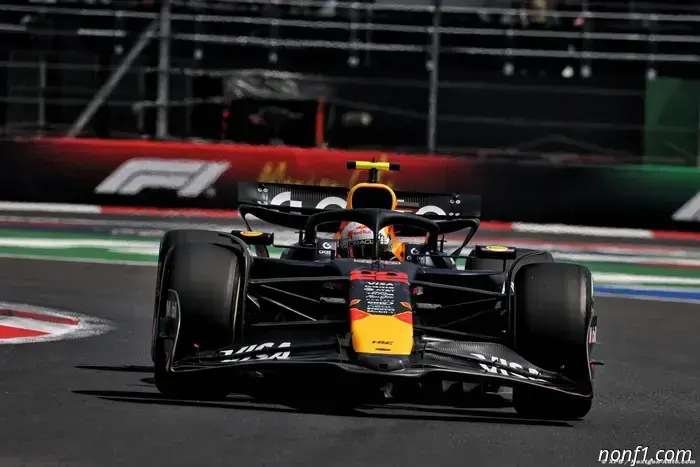
Red Bull accelerates upgrade efforts while McLaren remains cautious.
"The timing may not be ideal, but that’s part of life."
Red Bull has made its way to Mexico with the only notable car upgrade in the pitlane, while McLaren maintains that its early halt in development was intentional, despite the potential risk of allowing Max Verstappen to gain momentum in the latter part of the season. The RB21 debuted with updated cooling inlets, new front brake ducts, modifications to the floor, and enhancements to edge-wings, signaling that the world champions are still pushing forward. "Changes at this point in the season can seem substantial, but they don't necessarily convert into significant performance gains," stated Red Bull's chief engineer, Paul Monaghan. "These are incremental improvements, but they indicate that we're moving in the right direction."
Monaghan mentioned that the new components resulted from insights gained from prior updates. "This is a combination of various observations we've made since Monza," he said. "We're not introducing anything groundbreaking. It’s primarily about optimizing our current layout to provide more space under the bodywork." He conceded that the timing is not ideal. "The timing may not be perfect, but that's life," he commented. "We're already deeply engaged in developing the 2026 car, yet we still managed to implement this upgrade. If we can gain from both initiatives, it's worthwhile."
In contrast, McLaren has stalled its updates for the season—a decision that Andrea Stella claims was vital for future success. "To win championships, you need a competitive car," he said. "We thoroughly evaluated when to shift our focus to 2026. From an aerodynamic perspective, our car was already well-developed. Achieving even a single point of efficiency would have taken weeks. We had hit a plateau." He noted that Red Bull's aggressive approach may hinder them down the line, suggesting they have less at stake regarding 2026. "Perhaps Red Bull had more capacity to develop because they faced challenges early in the season and are now concentrating on the 2025 car," Stella remarked. "Maybe they’re prepared to sacrifice something for 2026, anticipating potential issues for that year. So, they're choosing to concentrate on 2025."
That "something," insiders speculate, pertains to Red Bull's first in-house power unit in collaboration with Ford—a project rumored to be behind schedule. Marko swiftly dismissed such claims. "That’s how we've always operated," noted the Red Bull advisor. "We continued developing the car in 2021, and Max became the champion. The following year, under new regulations, we were competitive again." Nevertheless, Stella contends that McLaren made a more strategic long-term decision. "The 2026 project would have faced significant setbacks had we maintained our development pace," he asserted. "Now that we've won the constructors' championship, we also have the most limitations on wind tunnel and CFD time. We needed to make prudent choices. We reached our limit."
He also suggested that persisting with updates could have had adverse effects. "Sometimes teams introduce upgrades that yield the opposite outcome. These cars are extremely sensitive in terms of aerodynamics," he said. Indeed, Verstappen acknowledged that his Friday in Mexico was not as seamless as the timesheets indicated. The Dutch driver led FP2 but expressed concerns over his long-run pace after missing FP1 for rookie Arvid Lindblad. "The overall performance was quite poor," Verstappen remarked. "The major concern is with the long runs. That worries me for the race. You can be fast for a single lap, but without race pace, winning becomes challenging."


Other articles
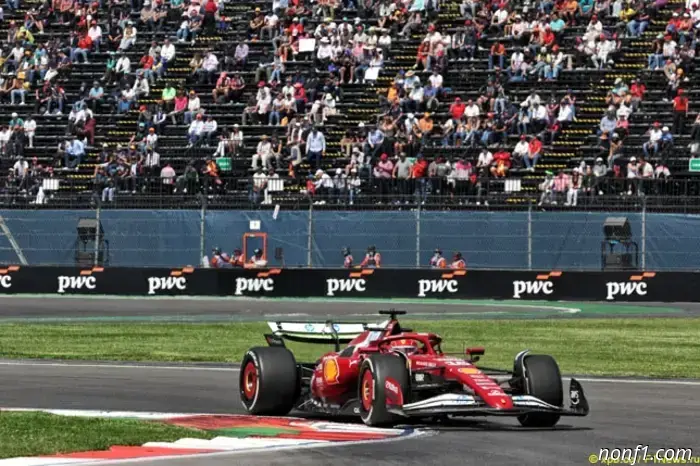 Leclerc: We're behind Red Bull and McLaren, but that's to be expected.
Charles Leclerc set the second-fastest time in the second practice for the Mexico Grand Prix. The Monegasque is pleased with the car, but after the session he admitted that the rivals from McLaren and Red Bull Racing still have an advantage over Ferrari.
Berra: The main load should be borne by the Medium tires.
Pirelli's tyre engineers summed up the first day of work on the track, noting that its surface did not provide good grip, but, as always, its condition would improve over the next two days...
Leclerc: We're behind Red Bull and McLaren, but that's to be expected.
Charles Leclerc set the second-fastest time in the second practice for the Mexico Grand Prix. The Monegasque is pleased with the car, but after the session he admitted that the rivals from McLaren and Red Bull Racing still have an advantage over Ferrari.
Berra: The main load should be borne by the Medium tires.
Pirelli's tyre engineers summed up the first day of work on the track, noting that its surface did not provide good grip, but, as always, its condition would improve over the next two days...
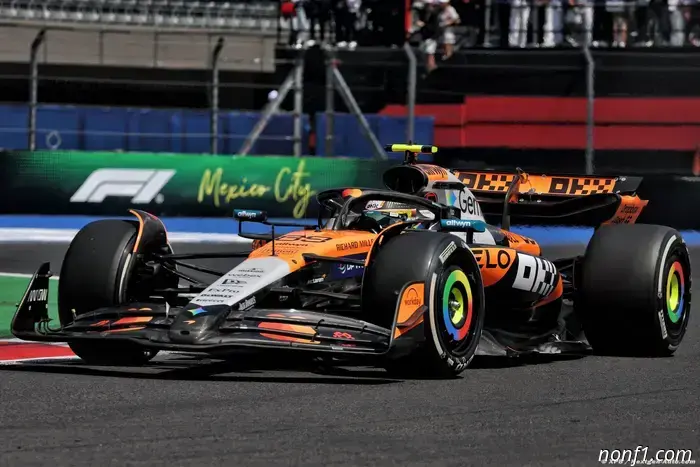 Hamilton cautions McLaren as Red Bull intensifies pressure.
Formula 1 | The fragile agreement between McLaren and Red Bull is beginning to unravel as the championship battle intensifies - and even Lewis Hamilton suggests that the orange team must (…)
Hamilton cautions McLaren as Red Bull intensifies pressure.
Formula 1 | The fragile agreement between McLaren and Red Bull is beginning to unravel as the championship battle intensifies - and even Lewis Hamilton suggests that the orange team must (…)
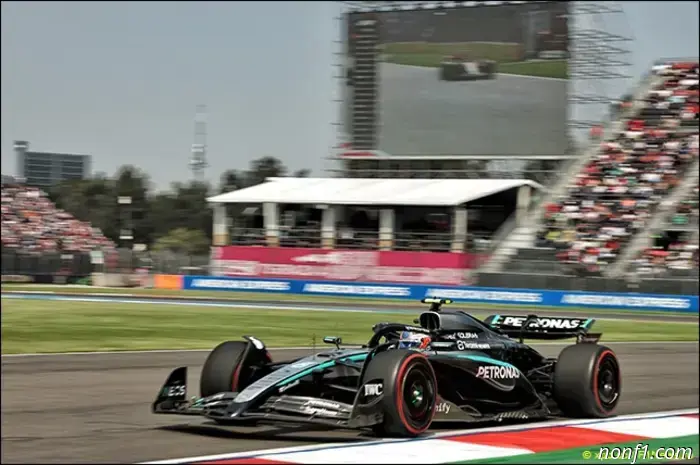 Antonelli: One of the best Fridays in a long time
On Friday in Mexico City Kimi Antonelli finished ahead of his teammate in the second practice, but in the first George Russell ceded the cockpit to reserve driver Frederik Vesti.
Isaac Hadjar: We're a couple of tenths short.
At Racing Bull, they view Friday's results positively, but regret the lack of speed…
Antonelli: One of the best Fridays in a long time
On Friday in Mexico City Kimi Antonelli finished ahead of his teammate in the second practice, but in the first George Russell ceded the cockpit to reserve driver Frederik Vesti.
Isaac Hadjar: We're a couple of tenths short.
At Racing Bull, they view Friday's results positively, but regret the lack of speed…
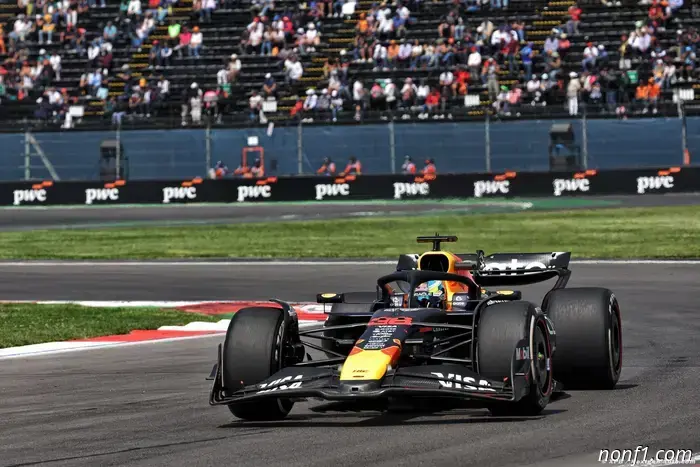 Red Bull postpones driver announcement as Lindblad excels.
Formula 1 | Red Bull has delayed its much-anticipated driver announcements, even as promising talent Arvid Lindblad enhances his bid for a 2026 Formula 1 seat. (…)
Red Bull postpones driver announcement as Lindblad excels.
Formula 1 | Red Bull has delayed its much-anticipated driver announcements, even as promising talent Arvid Lindblad enhances his bid for a 2026 Formula 1 seat. (…)
Red Bull accelerates upgrade efforts while McLaren remains cautious.
Formula 1 | Red Bull has come to Mexico with the sole major car upgrade in the pitlane, whereas McLaren maintains that its early halt in development was (…)
